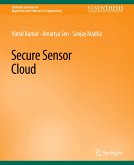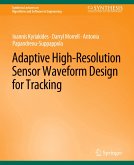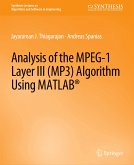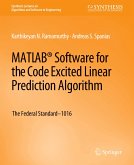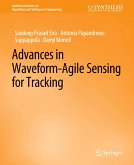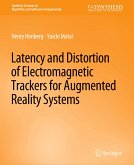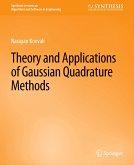While it may be attractive to view sensors as simple transducers which convert physical quantities into electrical signals, the truth of the matter is more complex. The engineer should have a proper understanding of the physics involved in the conversion process, including interactions with other measurable quantities. A deep understanding of these interactions can be leveraged to apply sensor fusion techniques to minimize noise and/or extract additional information from sensor signals.
Advances in microcontroller and MEMS manufacturing, along with improved internet connectivity, have enabled cost-effective wearable and Internet of Things sensor applications. At the same time, machine learning techniques have gone mainstream, so that those same applications can now be more intelligent than ever before. This book explores these topics in the context of a small set of sensor types.
We provide some basic understanding of sensor operation for accelerometers, magnetometers,gyroscopes, and pressure sensors. We show how information from these can be fused to provide estimates of orientation. Then we explore the topics of machine learning and sensor data analytics.
Advances in microcontroller and MEMS manufacturing, along with improved internet connectivity, have enabled cost-effective wearable and Internet of Things sensor applications. At the same time, machine learning techniques have gone mainstream, so that those same applications can now be more intelligent than ever before. This book explores these topics in the context of a small set of sensor types.
We provide some basic understanding of sensor operation for accelerometers, magnetometers,gyroscopes, and pressure sensors. We show how information from these can be fused to provide estimates of orientation. Then we explore the topics of machine learning and sensor data analytics.


